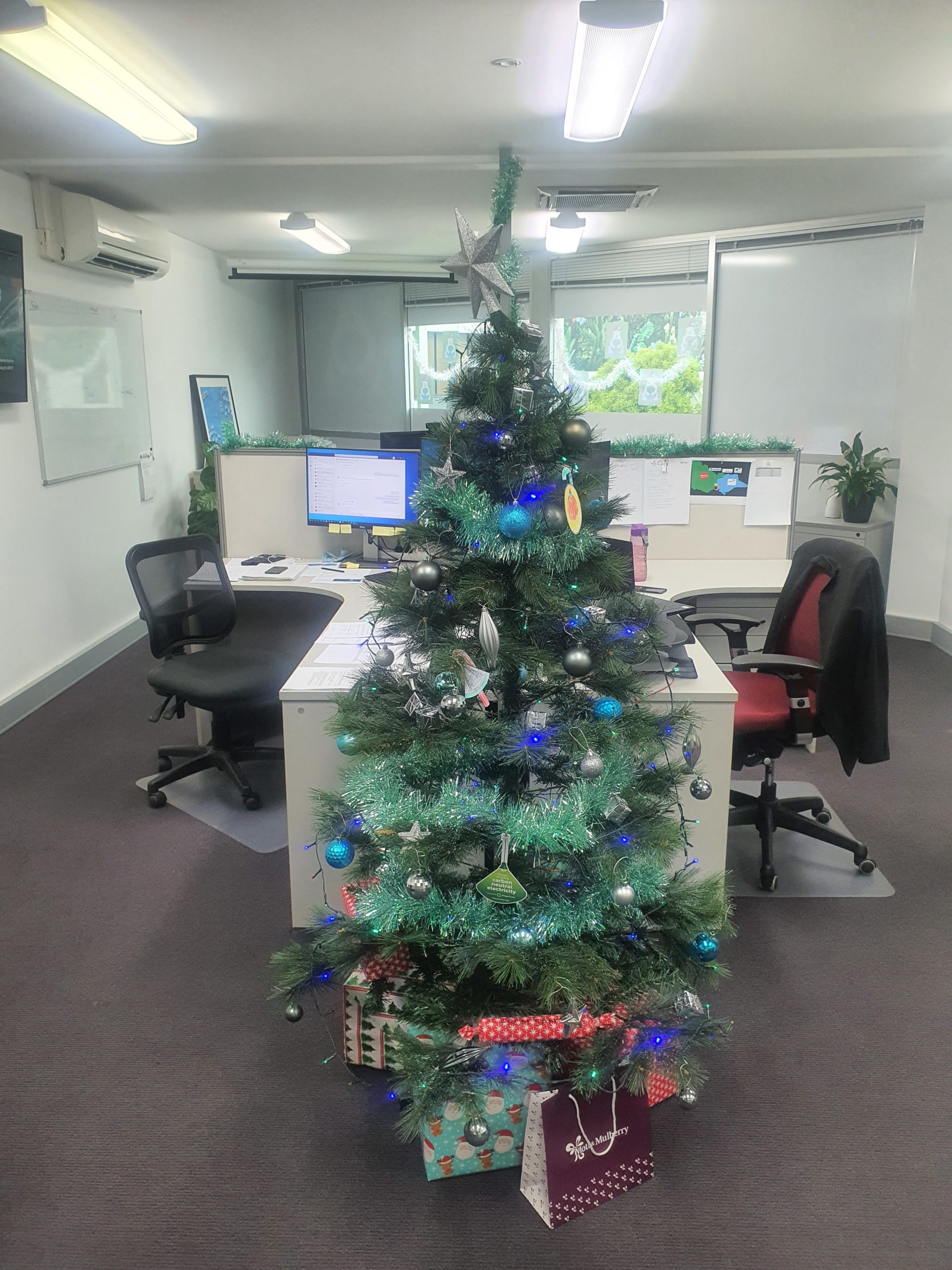
A study in the USA showed that Christmas decorations account for 6.63 billion KWh of electricity consumption (Moss & Agyapong, 2015). The energy savings trust predicts that just one of those brightly lit homes over the 2 weeks of Christmas period can emit enough carbon dioxide to fill 95 telephone boxes.
So, if we want to celebrate but still think of the environment what can we do?
Well first you can switch to energy efficient LED lights which are up to 90% more efficient than incandescent lights.
The second consideration is around waste. Do you really need all that food, I mean Coles is only shut for 24 hours, how much milk do you really need!?!?
A study by respect food showed that Christmas is the time of year when the highest food waste happens. It is estimated 5million tonnes of food goes to landfill in Australia alone and our total waste increases by 30% in that week. I am not joking when I quote the stats which say in wrapping paper alone there is enough used to go around Australia 6 times (roughly 150,000km of it!) and much of that cannot be recycled. That doesn’t mean you shouldn’t enjoy to excess, but before you throw anything out just think, does it have to go in the bin? Can it be frozen? Can I recycle this or re-use it in some way? If you get really stuck for ideas everyone loves a ham pie!!!!
Now, no article on Christmas sustainability can avoid the inevitable tree in the room, I am not even diving into tinslegate today, but sustainable decorations are the google hot button right now and I will let you dive down that rabbit hole yourself.
But the debate between buying a real tree or an artificial one has been going for as long as I can remember. The consensus seems to be, if you are going to buy an artificial tree you need to keep it for at least 12 years to ensure it has a lower carbon footprint than using a real one. There are obviously factors to this. If the real tree was imported then its carbon cost is seriously higher, but overall, the message is, don’t buy a cheap artificial tree you will throw out at the end of the holidays, and if you do buy one make sure you will still like it in 2033! If you don’t want to do that, why don’t you look at real trees and in the new year see if someone will use it for chippings or firewood, further reducing its carbon footprint. Or if you want to go all out there is the uber green solution of re-planting the tree for the next 11 months and then re-using it next December, this obviously doesn’t include the carbon required for the axe!
Whatever happens no one wants to ruin Christmas and we all hope you don’t run out of milk for your nan’s tea, if you do it wasn’t my fault! Furthermore 2020 and 2021 have not been years to write home about and a celebration is well and truly earned, especially if you can travel to family across borders. All we ask is to remember you are already doing the right thing 51 weeks of the year, you just need to keep it up over Christmas. All small changes can make a huge differences.
